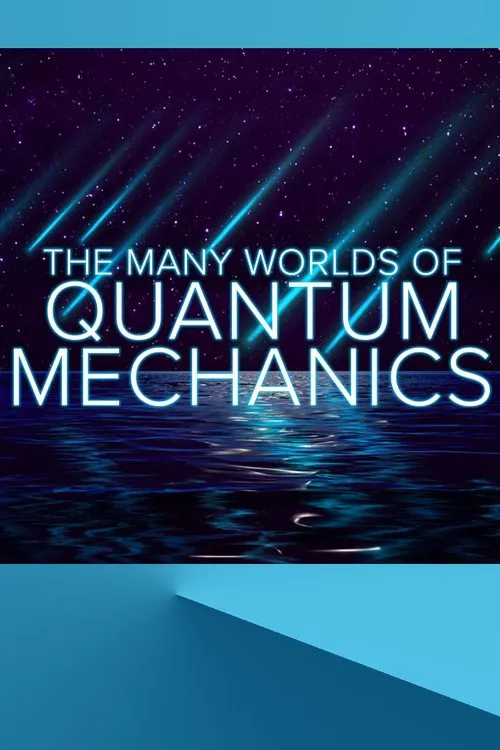The Many Worlds of Quantum Mechanics

Plot
The Many Worlds of Quantum Mechanics is a thought-provoking film that delves into the fascinating realm of quantum mechanics, exploring the origins and implications of the Many-Worlds Interpretation (MWI). The movie begins by introducing the audience to the fundamental principles of quantum mechanics, showcasing the bizarre and seemingly inexplicable phenomena that govern the microscopic world. From wave-particle duality to superposition and entanglement, these concepts demonstrate the inherent uncertainty and probabilistic nature of quantum reality. This backdrop provides the foundation for the emergence of MWI, a theory proposed byHugh Everett III in the 1950s. The film transitions to the early 20th century, highlighting the work of pioneers in quantum mechanics, such as Max Planck, Niels Bohr, and Erwin Schrödinger. As their groundbreaking research laid the groundwork for our understanding of the quantum realm, they encountered seemingly insurmountable hurdles. The act of observation, or measurement, appeared to disrupt the fragile balance of quantum states, leading to an unsettling phenomenon known as wave function collapse. This process resulted in a singular outcome, rendering the other possible outcomes, as predicted by the Schrödinger equation, essentially irrelevant. Enter Hugh Everett III, a brilliant young physicist who became disillusioned with the conventional understanding of quantum mechanics. Intrigued by the concept of wave function collapse, Everett posed a radical question: what if the universe did not, in fact, collapse into a single outcome? What if, instead, every possible outcome occurred, yielding an infinity of parallel universes, each with its own distinct reality? Everett's Many-Worlds Interpretation revolutionized the field of quantum mechanics. By positing the existence of an exponential multitude of universes, each corresponding to a distinct branch of reality, the MWI offered a bold solution to the measurement problem. According to this theory, wave function collapse ceases to be an event, and instead, it becomes a fundamental aspect of the multiverse. Each time a measurement is made, the universe splits, giving rise to a new reality, where the possible outcomes have actually occurred. The film skillfully interweaves theoretical concepts with philosophical discussions, examining the broader implications of MWI. Critics argue that the theory is unfalsifiable, as the existence of multiple universes cannot be directly observed or tested. Proponents, however, counter that MWI provides a compelling explanation for the apparent randomness of quantum events and the observed phenomena of entanglement and superposition. As the film progresses, the concept of MWI takes on a more profound significance, raising questions about the nature of reality, free will, and the human condition. The Many-Worlds Interpretation suggests that every possibility, no matter how unlikely or seemingly absurd, has come to pass in some universe or other. This idea sparks introspection into the concept of reality itself. If every possibility has a reality, what does it mean to make choices and decisions? Are these merely an illusion, a product of our own unique branch of reality? Furthermore, the proliferation of parallel universes, each with its own version of history, leads to an existential conundrum. What does it mean to be an individual, to have a distinct existence, when every possible iteration of oneself exists in a separate reality? This line of inquiry sparks an epiphanic moment for the audience, as they begin to grasp the full implications of MWI. Throughout its runtime, The Many Worlds of Quantum Mechanics interweaves theoretical explanations, expert interviews, and thought-provoking animations to bring the abstract world of physics to life. By delving into the intricate details of quantum mechanics and the Many-Worlds Interpretation, the film encourages the audience to ponder the mysteries of existence and the nature of reality. As the credits roll, the film poses a final, mind-bending question: if every possibility has a reality, then what does this mean for our understanding of the universe, the self, and the infinite potentialities that lie beyond the bounds of our perception? The Many Worlds of Quantum Mechanics presents a film that not only illuminates the theoretical framework of MWI but also inspires the audience to contemplate the profound implications of this radical concept. Ultimately, this thought-provoking exploration invites viewers to reconsider their understanding of the cosmos and their place within it, as they grapple with the infinite possibilities hidden within the Many Worlds of Quantum Mechanics.
Reviews
Recommendations


